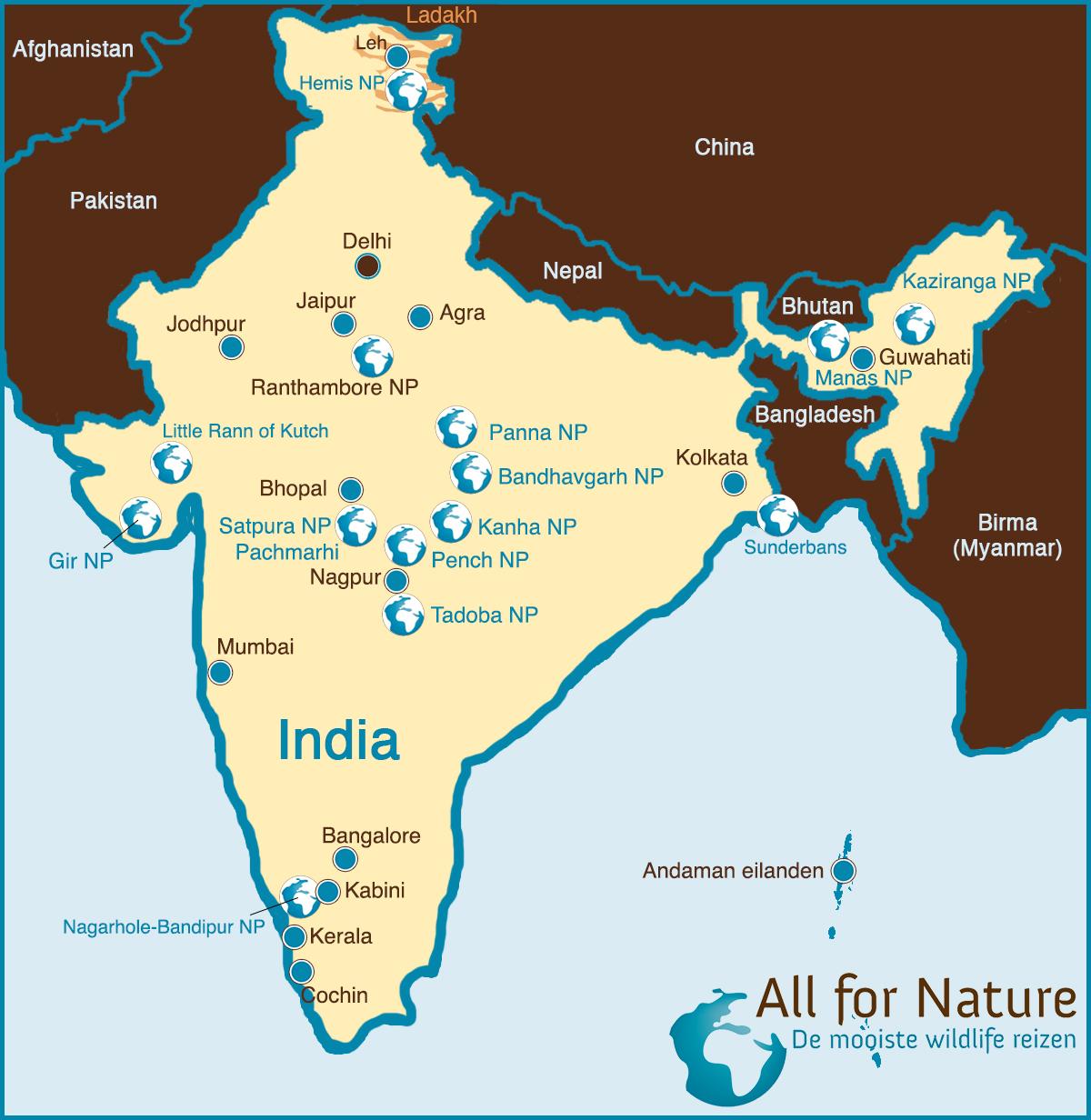Economic Growth Trajectories: Analyzing the Slowdown in Indias Expansion
The recent dip in India’s economic growth has raised eyebrows among analysts and policymakers alike. After being heralded as a powerhouse among large economies, India’s growth rate has shown signs of stagnation, reflecting a broader trend of deceleration. Factors contributing to this slowdown include rising inflation, a struggling global economy, and domestic challenges such as unemployment and underinvestment in critical sectors. As international trade dynamics shift and supply chains are reevaluated,India’s position as a favorable destination for foreign investment is under scrutiny.Key factors influencing the current economic landscape include:
- Inflationary pressures impacting consumer spending
- Global economic uncertainties affecting export markets
- Structural issues in sectors like agriculture and manufacturing
The goverment’s response to this crisis will be crucial in determining whether India can regain its momentum. Policy measures aimed at boosting domestic consumption and encouraging investment have been proposed, yet implementation remains a challenge. additionally, the need for structural reforms in labor laws and taxation could play a pivotal role in fostering a more conducive habitat for growth. As India navigates these turbulent waters,it faces a critical juncture: will it adapt swiftly to maintain its status as a leading economy,or will it succumb to the forces of stagnation?

Key Challenges Ahead: Identifying Structural Issues and Policy Gaps
A deep dive into India’s economic landscape reveals a web of structural issues that threaten to undermine its growth trajectory. As the nation endeavors to maintain its status as the fastest-growing major economy, several systemic challenges are emerging that require urgent attention. Key areas of concern include:
- Infrastructure Deficits: Insufficient investment in critical infrastructure hampers productivity and efficiency.
- Labor Market rigidities: Existing labor laws ofen discourage hiring, stifling entrepreneurship and innovation.
- Regional Disparities: Economic growth is unevenly distributed, with certain states lagging, which exacerbates inequality.
- Regulatory Framework: Overlapping regulations can create confusion and compliance burdens for businesses.
In addition to structural issues,gaps in policy frameworks need to be addressed to sustain momentum. current policies often fail to keep pace with the dynamic nature of the global economy, leading to inefficiencies and missed opportunities. Areas requiring reform include:
- Investment climate: Strengthening investor confidence through clearer and more consistent policy guidelines.
- Access to Capital: Enhancing financial inclusion to support small and medium-sized enterprises.
- Education and Skill growth: Aligning educational outcomes with market needs to bridge the skills gap.
- Environmental Sustainability: Integrating environmental considerations into industrial policies for long-term viability.

Sectoral Insights: Understanding the Impact on Manufacturing, services, and Agriculture
The manufacturing sector in India has long been touted as a pillar of economic growth, yet recent trends indicate potential headwinds. Rising input costs, exacerbated by global supply chain disruptions, have significantly pressured profit margins for manufacturers. Additionally, the push for sustainable practices has prompted many firms to invest in technologies that, while beneficial in the long run, strain short-term cash flows. Industry leaders are increasingly calling for targeted government intervention to help stabilize crucial production activities.key challenges include:
- Volatile raw material prices
- Labor shortages resulting from the pandemic-induced migration
- Inconsistencies in policy support at the state and national levels
Simultaneously occurring, the services sector, which has historically driven India’s economic growth, is grappling with a mixed bag of performance metrics. IT and financial services continue to demonstrate resilience, fueled by ongoing digital conversion efforts. However, hospitality and tourism are struggling to regain momentum post-pandemic, indicating a potential lag in overall recovery. Agricultural performance also exhibits signs of strain, influenced by factors such as climatic variability and inadequate infrastructure. If the nation is to adjust successfully to these sectoral pressures, a cohesive strategy that encourages growth across all fronts is essential. The current landscape highlights several pressing needs:
- Enhanced investment in technology for agriculture
- Strengthened infrastructure in rural areas
- Policy reforms to promote service sector expansion

Navigating the Future: Strategic Recommendations for Sustaining Economic Momentum
As India stands at a critical juncture in its economic journey, it is essential to adopt a multifaceted approach to maintain and enhance its growth trajectory. First and foremost, investing in infrastructure should be a priority. This encompasses not only traditional sectors like transport and energy but also digital infrastructure, which is vital for facilitating e-commerce and tech-led industries. Moreover, streamlining regulatory processes can catalyze investments by making it easier for businesses to navigate the complexities of operating in India. Simplifying tax structures and enhancing transparency will foster a more conducive environment for both domestic and foreign investors.
Additionally, focusing on skill development and education will ensure a workforce that is equipped to meet the demands of a rapidly changing economy. This includes collaboration between the private sector and educational institutions to align curricula with market needs.Moreover,promoting innovation through research and development will play a crucial role in positioning India as a global leader in technology and sustainable practices. Encouraging startups and providing them with access to funding can spur creativity and drive economic diversification, thus securing long-term growth and resilience in the face of global challenges.
